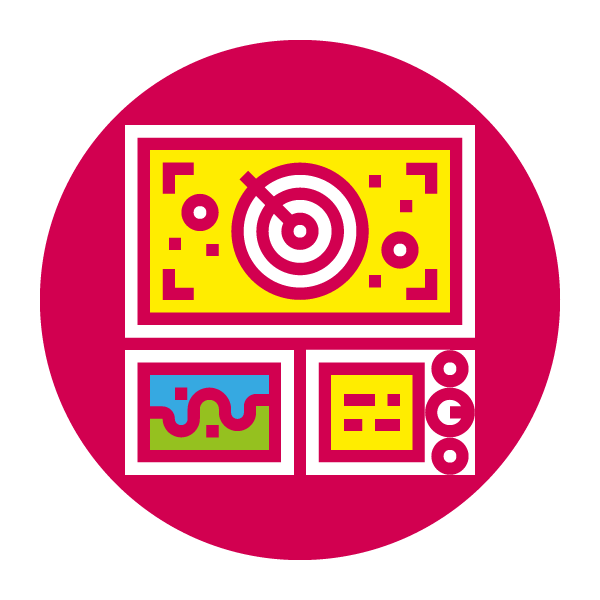Monitoring

Unfortunately, activists and NGOs often hesitate to monitor the performance of their campaigns, either because they are unsure about the metrics or because time is scarce and monitoring seems like a lot of work. The available monitoring log aims at facilitating this process.
It is generally difficult to measure right away whether a counter or alternative narrative campaign had significant impact on the target audience. In order to identify whether a digital campaign might have had an impact though, marketing specialists and experts rely on two indicators: Reach as well as Engagement.
Keep in mind that each campaign requires its very own log and that the monitoring log should be continuously updated if you want to benefit from it.
Awareness
The awareness is measured by reach and impressions. The Institute for Strategic Dialogue defines awareness as “the total number of people who view your campaign content”.
Engagement
The Institute for Strategic Dialogue defines engagement as “the volume and types of interaction between audience members, campaigners or campaign material”.
| Awareness/ Reach | “number of people who saw your ads [or published content] at least once” | Similar to Facebook | No measurement of reach |
|---|---|---|---|
| Awareness/ Impressions | “the number of times that your adverts [or published content] were on-screen” | Similar to Facebook | “the moment a Twitter user sees your tweet” |
| Engagement | “number of reactions, comments, shares & clicks on your post” | “number of likes, comments, shares and saves” | “total number of times a user interacted with a Tweet; Clicks anywhere on the Tweet, including Retweets, replies, shares, likes, links, cards, hashtags, embedded media, username, profile photo, or Tweet expansion” |
Another relevant indicator on the success of your counter or alternative narrative campaign is whether it has been picked up on by influential partners, politicians and media.
You can, furthermore, conduct a sentiment analysis (an analysis of the comments of social media users on your campaign contents) to identify whether users were generally positive or negative towards your campaign. However, there is no automated process to do this yet, so you would have to do this manually.
 How to get the insights from platforms ?
How to get the insights from platforms ?
The different platforms provide extensive insights on the performance of your content, but also on your audience.
Use Facebook Analytics or the Facebook Creator Studio to gain insights on the performance of your campaign on the platform. You can see the reach and engagement rate for the various content blocks of your campaign.
You can also see the performance of Instagram posts via Facebook Analytics if you synchronized both platforms. Otherwise, you will need an Instagram Business or Pro Account to get detailed insights into the performance of your content; you can estimate reach and engagement, though, based on the number of likes and comments on your shared content. Furthermore, when sharing a story, you can generally see how many people viewed your story.
Twitter insights provides you with an overview of the performance of your past Tweets. You can further estimate reach and engagement by the number of likes and retweets.
In order to gain insights into your campaign’s performance on TikTok, you will need a pro account.
